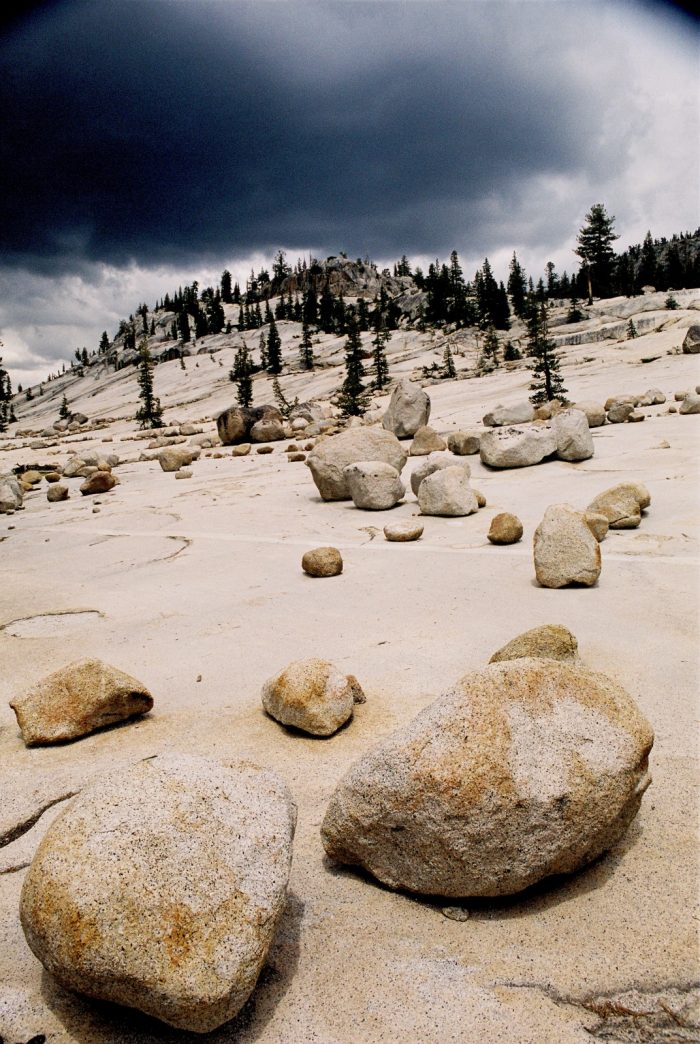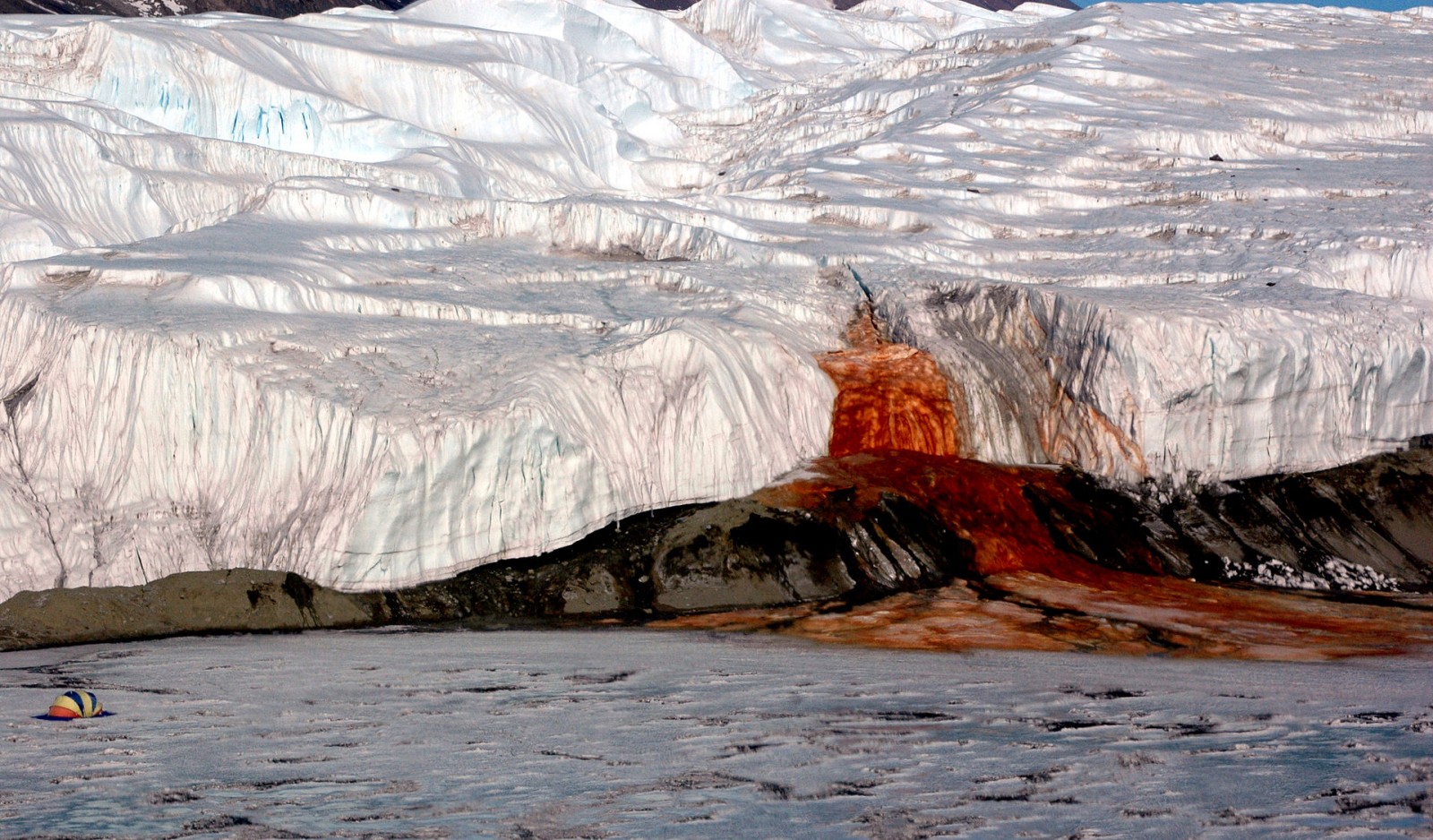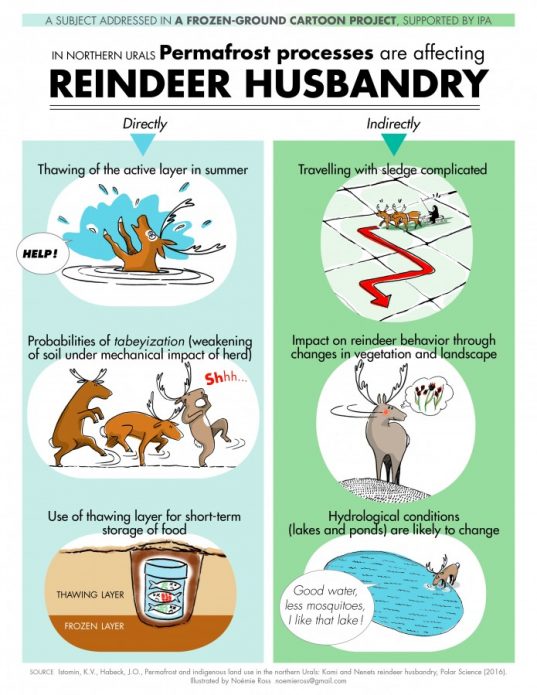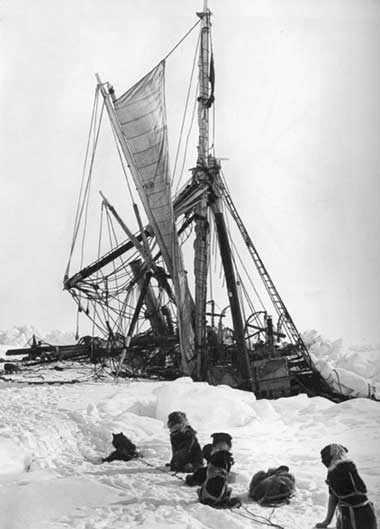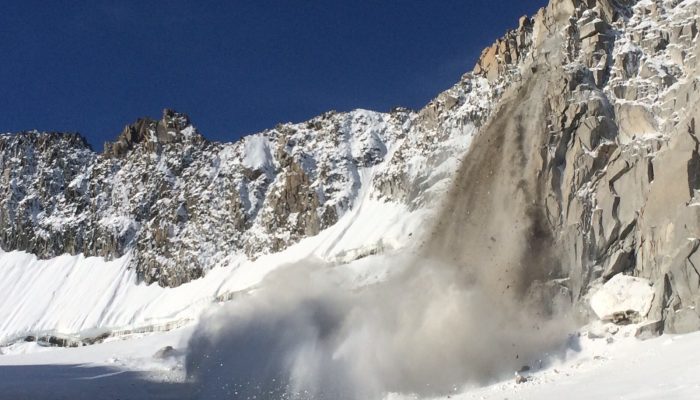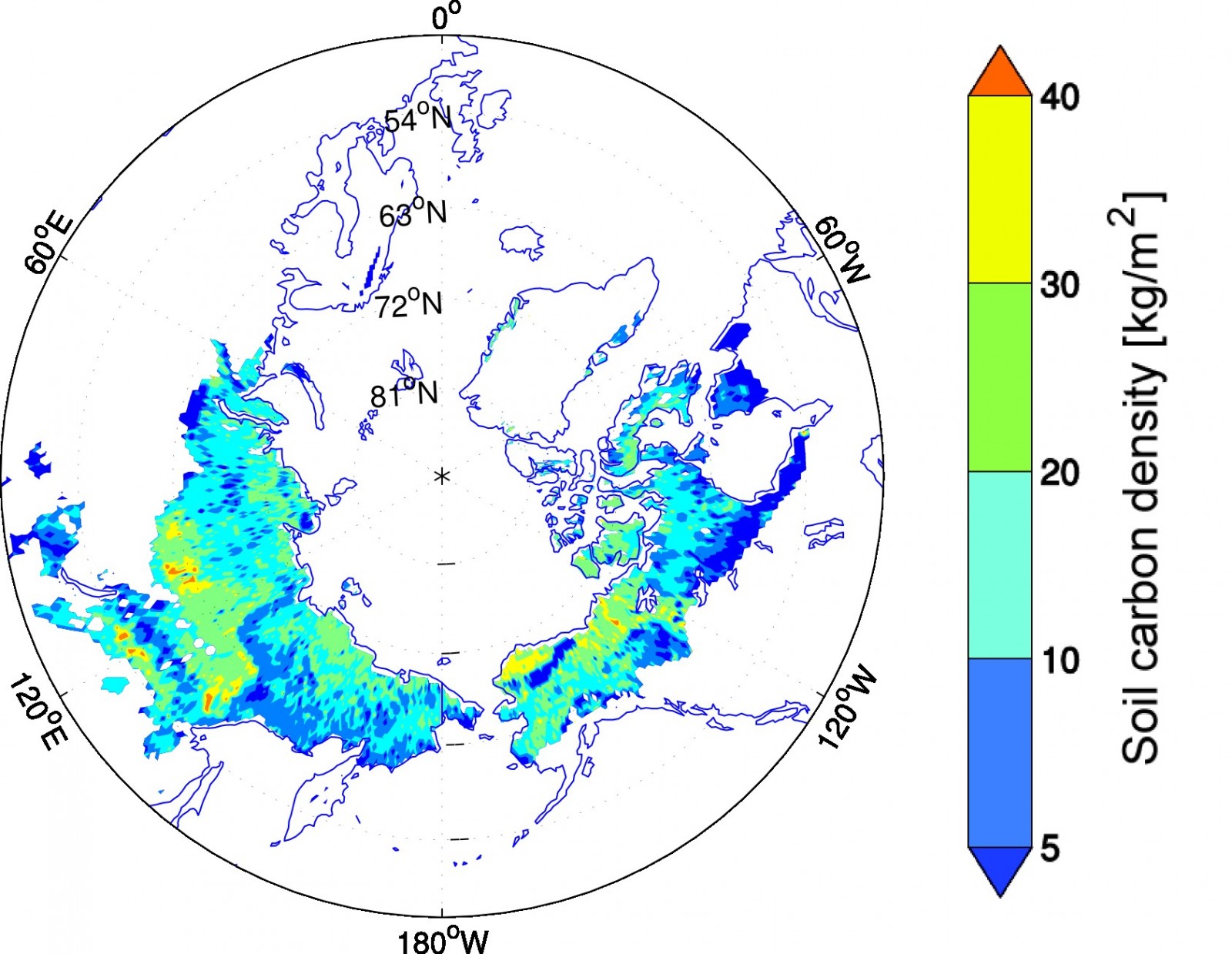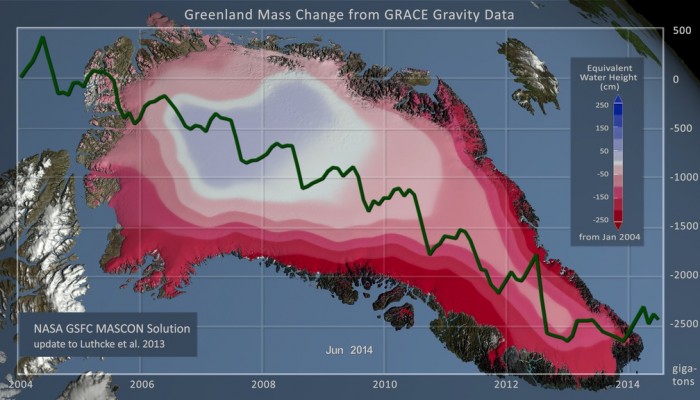When you think of California, with its sun-soaked beaches and Hollywood glamour, glaciers may not be the first thing that spring to mind – even for ice nerds like us. However, Yosemite National Park in California’s Sierra Nevada is famous for its dramatic landscape, which was created by glacial action. With our latest image of the week we show you some of the features that were left behind b ...[Read More]
Image of the Week – It’s all a bit erratic in Yosemite!
